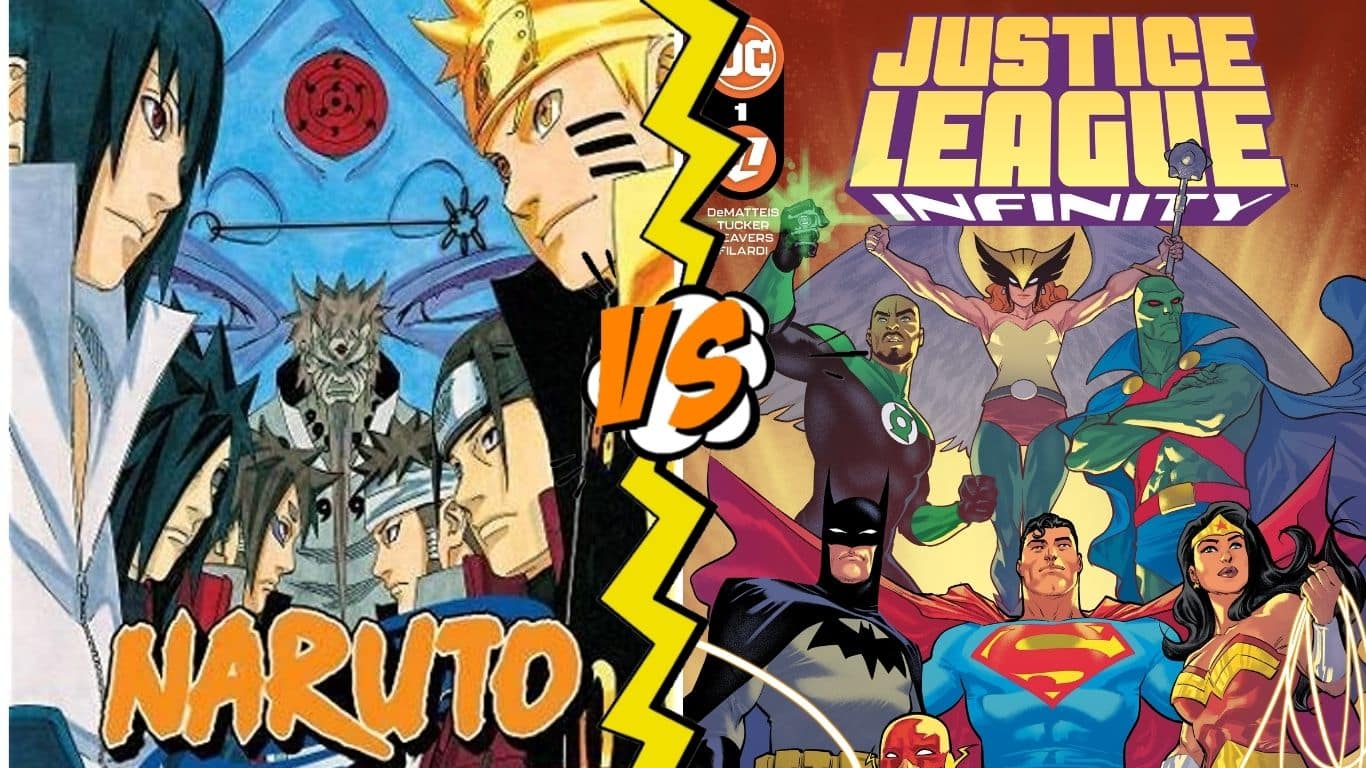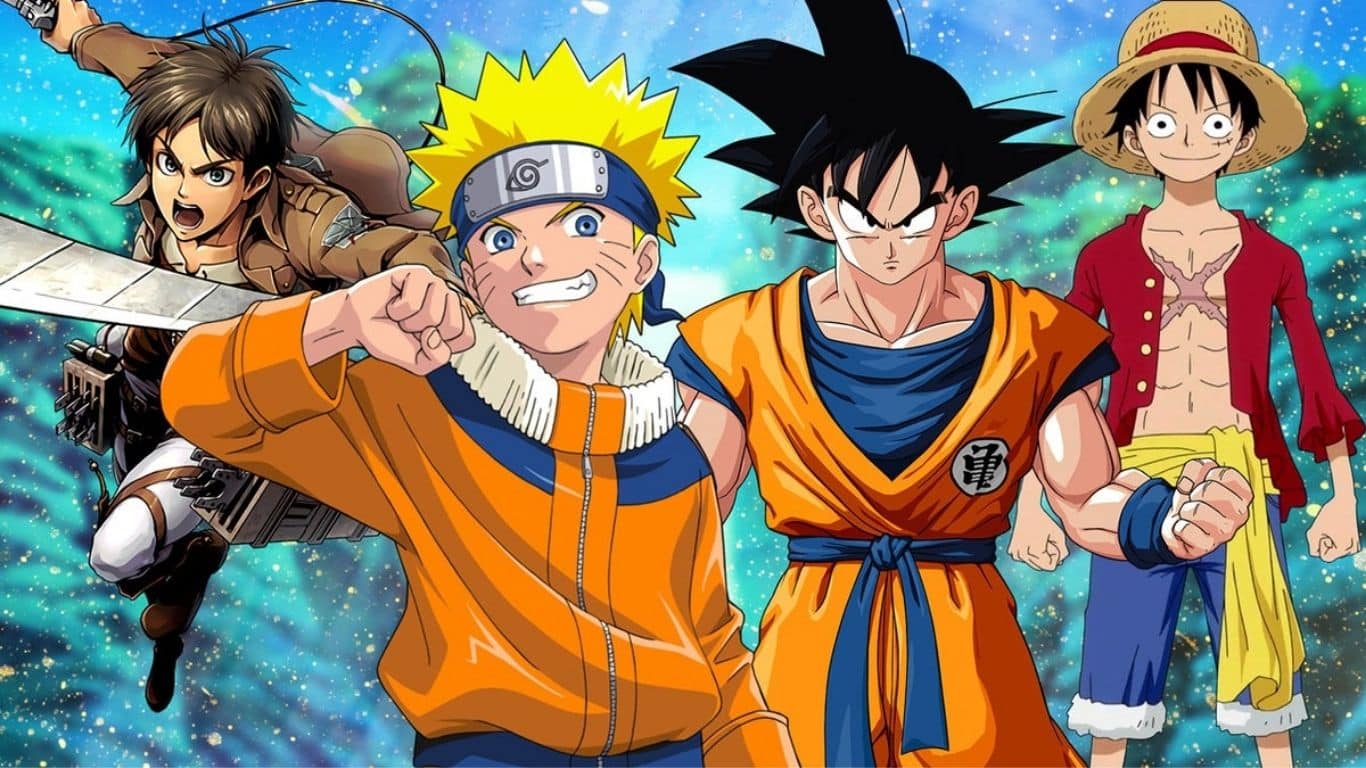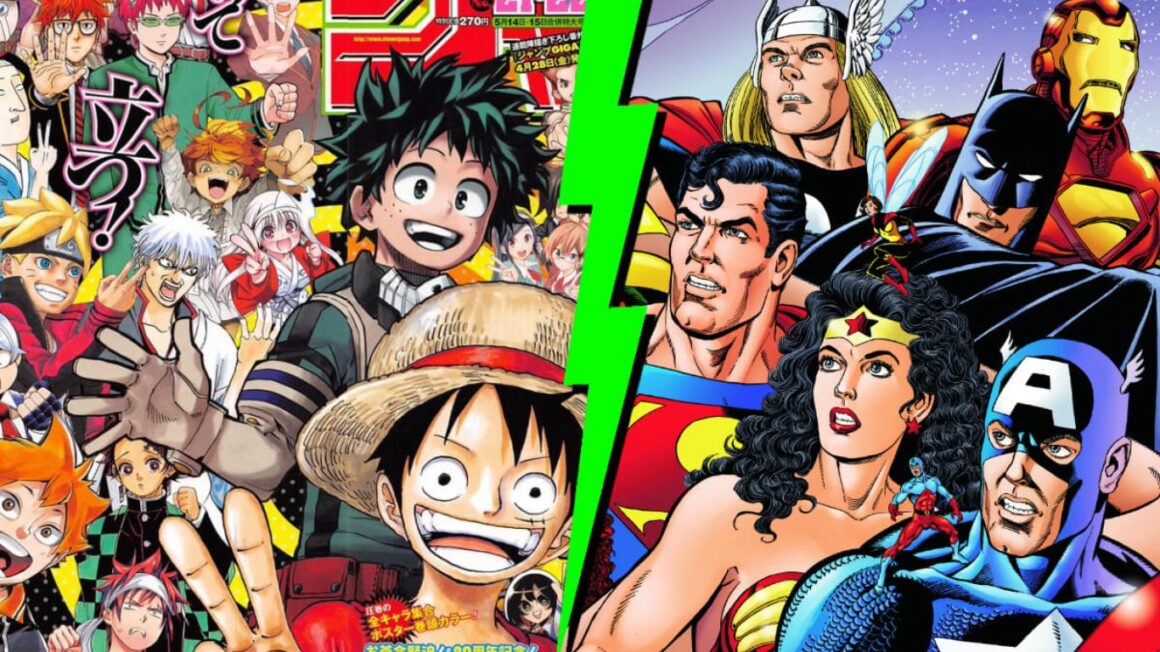Manga and anime are popular forms of entertainment that originated in Japan and have gained global acceptance and fame in recent decades. These mediums have had a significant influence on the comics industry, both in Japan and around the world. The distinct art style, storytelling techniques, and cultural elements of manga and anime have inspired many creators and influenced the direction of the comics industry. At this point of time the influence of manga and anime on the comics industry is clearly visible.
What is Manga

Manga is a style of Japanese comic books and graphic novels that originated in Japan in the late 19th century. The term “manga” is derived from the Japanese word for “comic” or “cartoon.” The genre has a wide range of subjects, including action-adventure, romance, sports, and more. Manga is characterized by its distinctive art style, which often features large, expressive eyes and exaggerated facial expressions. The storylines of manga series can be episodic, focusing on a single story or character per chapter, or serialized, following a continuous plot over the course of several volumes.
Rise of Manga
The rise of manga can be traced back to the late 19th century, when Japanese artists began creating and publishing comics in a style that would later become known as manga. In the decades that followed, manga continued to grow in popularity, both within Japan and internationally. One of the key factors that contributed to the rise of manga was its unique art style and storytelling techniques. The large, expressive eyes and exaggerated facial expressions found in many manga series helped to differentiate it from other forms of comics and attracted a wide range of readers. In addition, the diverse range of subjects covered in manga, including action-adventure, romance, sports, and more, also helped to broaden its appeal.

Another factor that contributed to the rise of manga was the increasing availability of translated versions of manga series, which made it possible for readers around the world to access and enjoy these comics. In the 1980s and 1990s, the emergence of new distribution channels, such as the internet and digital platforms, also helped to expand the reach of manga and make it more widely available. Today, manga continues to be a popular form of entertainment, with millions of readers around the world and a large number of new series being published each year.
Manga vs Comics
Manga and comics are both mediums for telling stories through sequential art, but there are some key differences between the two. One of the most noticeable differences between manga and comics is the art style. Manga is characterized by its distinctive art style, which often features large, expressive eyes and exaggerated facial expressions. Comics, on the other hand, can have a wide range of art styles, depending on the creator and the specific comic. Another difference between manga and comics is their origin and cultural context. Manga is a style of comic book that originated in Japan, and many manga series contain elements of Japanese culture and traditions.

Comics, on the other hand, have a more diverse range of origins, with many comics being created in North America, Europe, and other parts of the world. In terms of storytelling techniques, manga and comics also have some differences. For example, manga often makes use of internal monologues and includes elements of Japanese culture in its storylines, while comics may rely more on dialogue and may not necessarily incorporate cultural elements.
What is Anime
Anime is a style of Japanese animated television shows and films that originated in Japan in the early 20th century. The term “anime” is derived from the English word “animation” and refers to all animated works, regardless of their country of origin. However, the term is most commonly used to refer specifically to animated works from Japan. Anime is known for its distinctive art style, which often features characters with large, expressive eyes and exaggerated facial expressions. The storylines of anime series can be episodic, focusing on a single story or character per episode, or serialized, following a continuous plot over the course of several episodes or seasons. Anime has gained a global audience in recent decades and has been translated into numerous languages. Many popular anime series have also been adapted into manga, which is a style of Japanese comic books and graphic novels.
Rise of Anime in The West

The rise of anime in the West can be traced back to the 1970’s, when a small number of Japanese animated television shows and films began to be imported and dubbed into English for release in North America. In the decades that followed, anime continued to grow in popularity, with more and more series and films being imported and released in the West. One of the main reasons for the rise of anime in the West was the increasing availability of translated versions of anime series and films. In the 1980s and 1990s, the emergence of new distribution channels, such as the internet and digital platforms, made it easier for Western audiences to access and enjoy anime.
Another reason that contributed to the rise of anime in the West was the increasing popularity of conventions and fan communities dedicated to anime. These events and communities provided a platform for fans to connect with each other, share their love of anime, and learn more about the medium. With time the anime industry has become one of the most popular and successful entertainment form & industry in the World.
How Manga and Anime Changed The Comics Industry

One of the most notable ways in which manga and anime have changed the comics industry is through their distinctive art style. The large, expressive eyes and exaggerated facial expressions found in many manga and anime series are now commonly seen in comics around the world. In addition, the dynamic panel layouts and action sequences found in manga have also been adopted by many comics creators. Manga and anime have also introduced new storytelling techniques to the comics industry. For example, the use of internal monologues and the incorporation of elements of Japanese culture into the storylines of manga and anime have helped to differentiate these mediums from traditional Western comics.
The success of manga and anime has led to the emergence of new markets for comics, such as the rise of digital platforms for distribution and the increasing popularity of graphic novels. This has helped to expand the reach of the comics industry and bring in new readers from different parts of the world. The influence of manga and anime on the comics industry has been significant, and as these mediums continue to grow in popularity, it is likely that they will continue to shape the direction of the industry in the future.
Also Read: 10 Superheroes Who Struggled With Mental Health Issues



